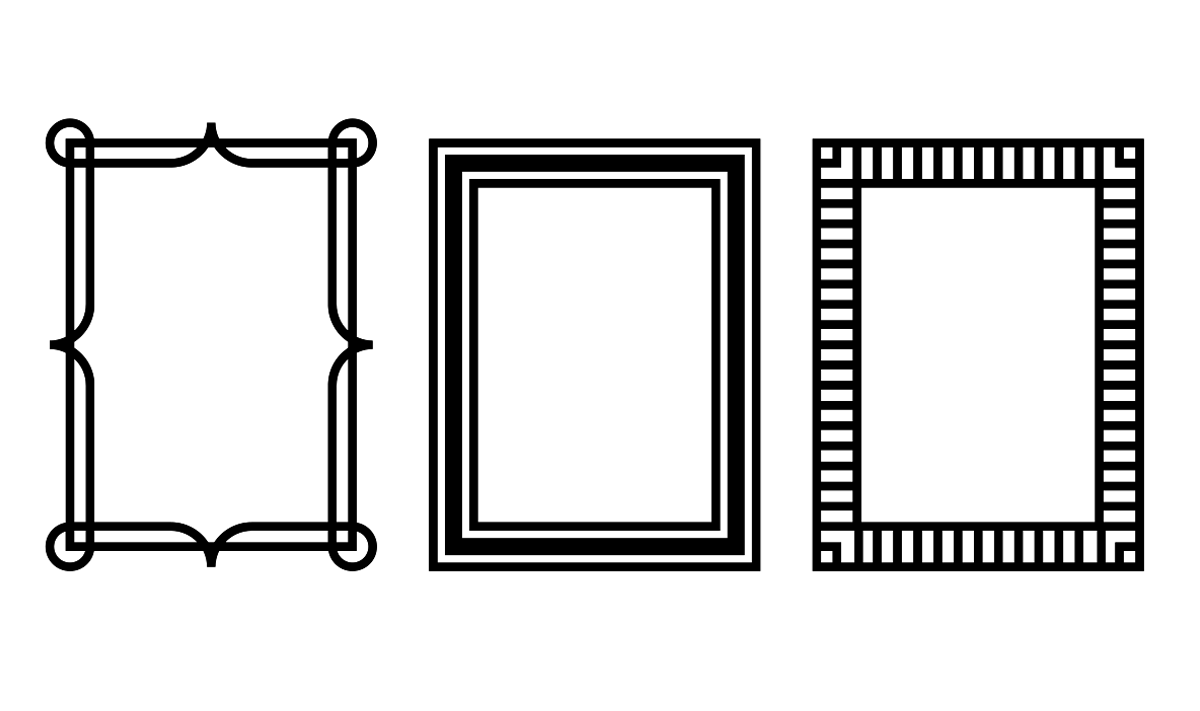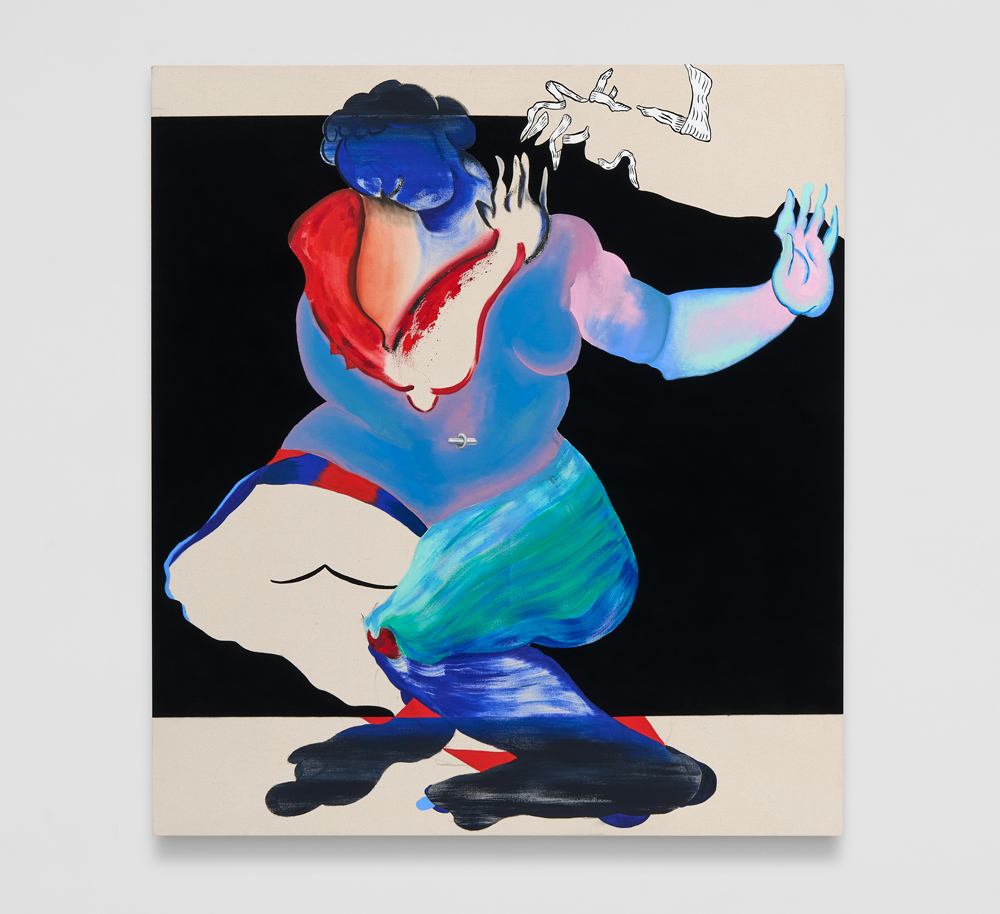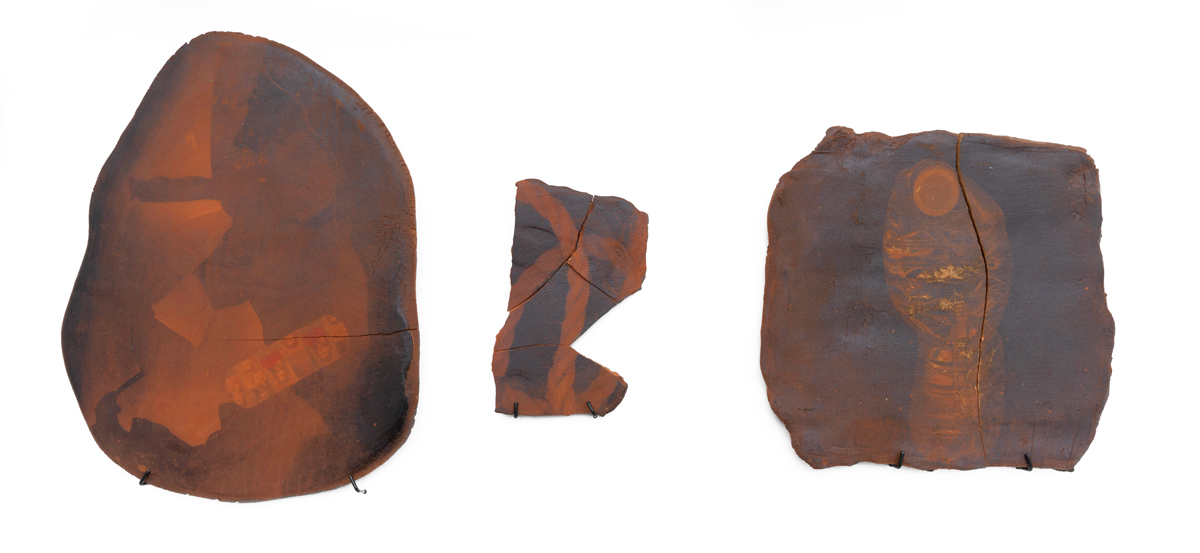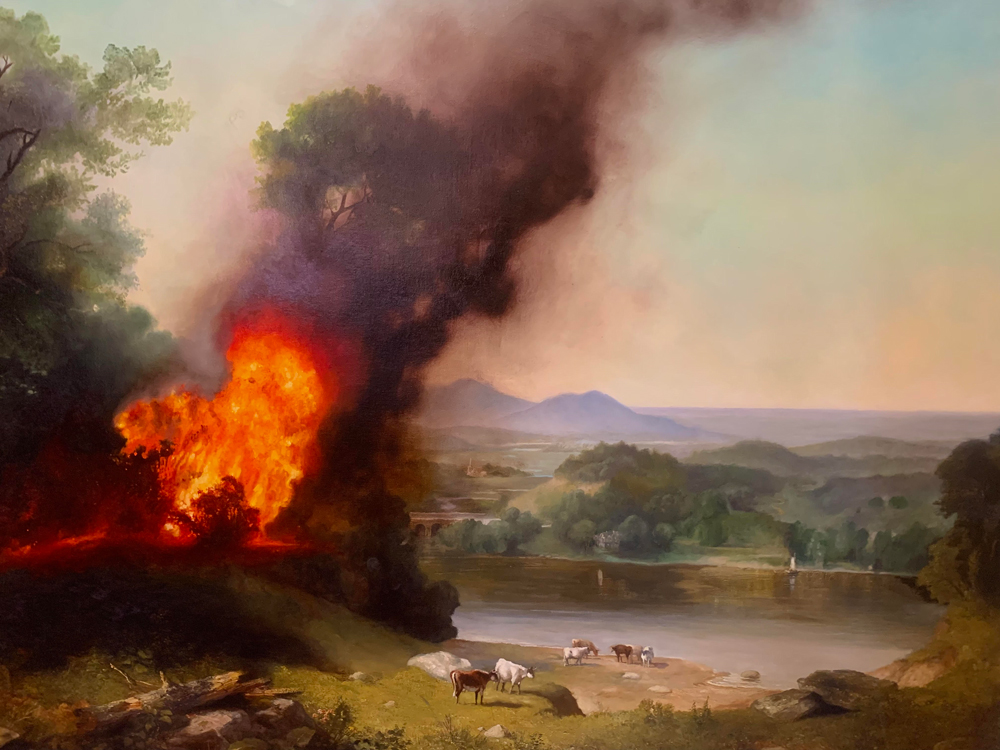Art Fugues

Venusian Mirror
(For Pui Tiffany Chow)
“During this period there was another curious thing.”
–Gertrude Stein, Picasso
Women who look in the mirror. Men who look at women in the mirror. Women who sit or squat or crawl across the floor toward the mirror. Women who fly toward the mirror or women toward whom the mirror flies.
Women who bathe.
Women who paint.
Women who crawl, climb, clamber or oscillate across the surface of the table or floor. Women in space.

Pui Tiffany Chow, Artemisia’s Susanna, 2024, acrylic, charcoal, flashe, and oil on canvas, 58 x 52 inches.
Men who paint women who look in the mirror, which forms a divot in the universe, a lacuna, into which what is beyond language plummets. Women who look at paintings by men who look at women in the mirror. Women who look at paintings. Women not from Europe or the United States.
Women who look at men who look at women. Women who look at women. Women from Europe who look at paintings.
Women not from the United States or Europe. Women who look at paintings of men.
Women who look at women in the mirror, which forms a blot on the horizon of what can be seen or known or spoken. Women not from Europe or the United States who look at paintings by men who look at women in the mirror, which exists. Women who look at men in the mirror who look at women who look at paintings.
Paintings of women who look at men who look at women not from Europe or the United States. Women who look at paintings of men in the mirror who look at women not from Europe or from the United States.
Men who look at women in the mirror who look at paintings of women not from Europe. Women who look at women in the mirror who look at men who look at paintings.
Paintings of men who look at women who look at paintings in the mirror which forms a kind of lacuna or kink, a rupture in what is possible to be seen or known.
Women who look at paintings of men who look at women not from Europe or the United States in the mirror, which dwells like an extra room in the house of the possible.
Women not from Europe or not from the United States who look at men who look at women’s bodies in the mirror. Women who look at women in the mirror, at their bodies, at paintings of women who look back. Paintings of women and men who look at women’s bodies in the mirror, while women not from Europe or the United States look on.
Women who look at men who look at women’s bodies—not from Europe, not from the United States—reflected in the mirror, which forms a kind of lacuna or vertiginous smear or opacity or cypher. Women not from Europe or the United States who look at women’s bodies in paintings and in mirrors, which form a kind of ocean across which one gazes and perhaps glimpses distantly a horizon of that which can be seen or known.
Women who look at paintings by women who look at women’s bodies and at women who return the gaze or look away. Bodies of women who look at bodies of women in the mirror, not from Europe or the United States. Women who look at men in the mirror, who look at women’s bodies in paintings not from Europe.
Women who look at paintings made by women of women who look at women’s bodies in the mirror, while a writer looks on at paintings by women who look at women, as across a horizon of what can be seen or known.
Women on a planet. Women on the moon.
• • •

S. Emsaki, matter of time, 2024, UV-cured inkjet prints on foraged Pleistocene clay, display case and braces (Unique), 72 W × 42 H × 18 D inches.
Insomnia Plasmatic
(For S. Emsaki)
Insomnia waits in your drawer, unsure if it’s a spoon or a shovel. You thought you threw insomnia away, but it takes up space like it’s making room for something else. If you told
insomnia to seek therapy, it would ask if it’s been recycled yet. Insomnia doesn’t sleep. It has insomnia. Insomnia knows you can’t break it, so it pretends to be broken, just to keep you guessing. Like that friend who shows up with no invitation. The only thing more permanent is the existential crisis induced when you step on insomnia barefoot.
• • •

Michael Prettyman, Anthropocene Pastoral, 2022, oil on canvas, 36 × 48 inches, Collection of Duncan Sheik.
A Combustion Event was Underway
(for Michael Prettyman)
A combustion event was underway. Flames grooved in a serpentine pattern, something modern, interpretive, a lullaby before the scalpel. Vegetation ignited. Large lifeforms fled. Smaller ones did not escape. A crowd of the medium-sized ones gathered dazedly, as if summoned by an email they’d forgotten signing up for. They stood in a loose semicircle, blinking in unison, gullets dry. They wore crocs, black tie, disco jumpsuits, pajamas. Some held drinks in cans labeled WITNESS™. They declared it beautiful. They called it worth staying up for. One man laughed and said, “It resembles my first divorce.”
No one had thought to bring snacks, a tragedy.
A choreographer petitioned for credit for the action of the flame. Embers lingered midair like punctuation, mostly parentheses. A child pointed and said, “That one looks like Tanubupa, my second-favorite non-canon Kengodusha.” Her mother nodded, distracted, live-streaming her daughter’s silhouette against the roaring orange curtain.
Air reeked of pine, formaldehyde, vanity. Having smeared her face with ash, the civil servant began to hum. No one could identify the tune. Unquestionably a couple fucking, but with deference, off to one side.
We paid good money for these seats. Every dollar on the screen. When attempting to upgrade to first class we were told first class was “in the fire.”
Subjects appear mesmerized. No coordinated defense observed. Visual engagement overrides biological risk aversion. Likely collective trance state triggered by aesthetic overload.
A trunk sagged and split—not toppling, rather, farting a plume of light. Most clapped lightly, unsure of the etiquette. A couple commenced a slow tango. One person lay in the grass, whispering, “Let it take me photogenically.”
After the final structure imploded, only silence. A lone voice whispered: “Play it back.”
Jonathan Lethem’s previous writings about painters are collected in Cellophane Bricks: A Life in Visual Culture (Ze Books). His most recent work of fiction is A Different Kind of Tension: New and Selected Stories (Ecco).

